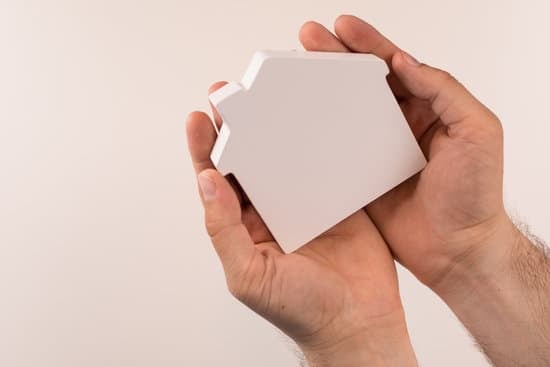Yes, you can replace a circuit breaker yourself. It’s a relatively easy process that won’t require you to call an electrician. However, it’s important to keep safety in mind when handling electrical components. Here are some safety tips to ensure a successful replacement:
Before you start, turn off the circuit that supplies power to the entire circuit breaker box. This will prevent any electrical accidents from happening.
Next, use a voltage tester to ensure that no electrical current is present. You can also double-check by using a multimeter on the highest setting.
Gently remove the circuit breaker cover with a screwdriver.
Remove the wire from the circuit that you need to replace. You can do this by gently pulling on the wire with a pair of needle-nose pliers.
Take out the old circuit breaker and replace it with the new one.
After installing the new circuit breaker, reconnect the wire in the appropriate place. Make sure the wire is secure and tightened properly.
Finally, turn the power back on and test the circuit to ensure that it’s working correctly.
Remember, your safety is crucial when handling electrical components. If you’re not comfortable working with electricity, it’s best to hire a qualified electrician to do the job.





















